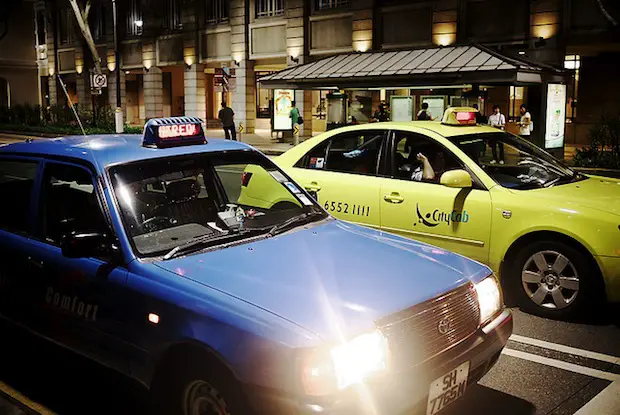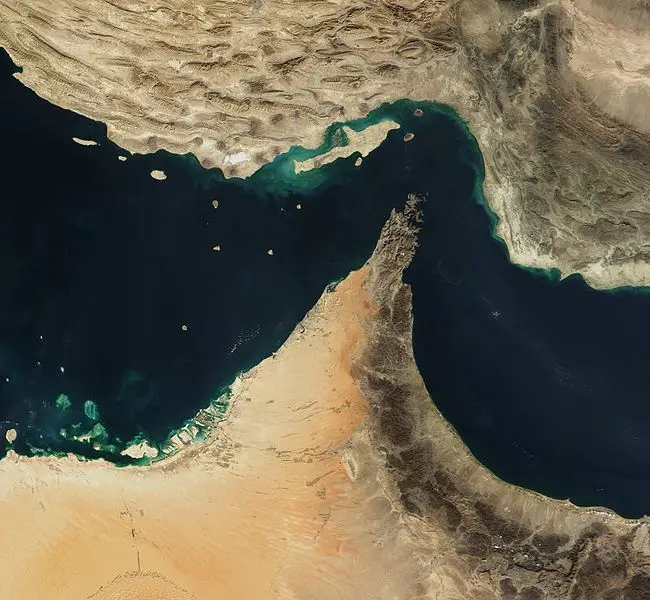Urbanization in India poses numerous social, economic and cultural challenges. However, one aspect of city life that ties all people together is transportation. Urban transportation is at a crossroads in Pune, Maharastra and in India at large. Pune’s roads and infrastructure simply cannot keep up with the current trends in population growth and the increasing demands that follow. The city is seeing accelerating two-wheeler ownership, checked only by increasing rates of four-wheeler ownership. Public transportation share is decreasing, as the demands for private transport modes increase. The middle class is growing, and one of the first signs of affluence is the family’s purchase of an automobile.
As such, Pune finds itself at a critical juncture. The city is entirely unplanned; traffic congestion, air pollution and automobile accidents are at all time highs; and yet no reliable and broad public transportation system. Locals in Pune often complain that city buses are rickety, crowded, inefficient and unpredictable. Bus stations are often in disrepair and tend not to be conveniently located, as one would hope. And, worst of all, the bus doesn’t actually expedite a commute, because it is subject to the same congestion as any other vehicle thanks to a lack of designated bus lanes.
Fortunately, avenues towards a sustainable transport future do exist. First, the government can and should invest in improving the buses themselves as well as the stations. Next, to alleviate the crowds (indicative of strong demand), there must simply be more buses, allowing higher frequency. Third, to improve the commute, lanes should be designated as bus-only lanes. All of these actions will take time and money, but they may save Pune’s transportation future, and they will certainly be cheaper than the construction of a brand-new metro system, or even a reactionary approach to highway construction. Unfortunately, there exist cultural and economic barriers to such a sustainable transportation vision.
First and foremost, if and when the government invests in sustainable transportation, many parties stand to lose. Among these, the most important parties are the two and four-wheeler manufacturers, automobile lobbies and everybody along the petroleum supply chain. These parties are significant, and they have made their voices heard in the past by lodging lawsuits and resorting to physical destruction of lane barriers in other parts of India. These foes must be taken on headfirst and with force, as there really is no way around them. If sustainable transportation is to take hold, less people will be driving cars. The math is simple, and the interested parties know it. However, there exists a less tangible and possibly more important enemy to bus transportation.
I alluded to this hidden adversary above, briefly, by stating that “the middle class is growing, and one of the first signs is the family’s purchase of a two-wheeler.” This statement is indicative of the cultural factors at play. First, taking the bus is seen as a lesser form of transportation. Pune’s bus customers tend to be from the lower classes of society, since the bus does present an incredibly affordable method of transport. In the rapidly westernizing and modernizing India, however, affordability often comes second to status, and the car is the strongest sign of status. So, the government may be fighting a losing battle if they decide to invest in sustainable transportation.
Petro Gustavo, mayor of Bogota, a city leading the way on sustainable transportation, recently stated, “A developed nation is not one where the poor have cars. It is a nation where the rich use public transportation”. This statement hits the issue right on the head, but it is indicative of a cultural shift more than an economic one. All the improvements in the world may not overcome these cultural factors. But, where do these preconceived notions come from? Unfortunately for this writer, it seems as though the West is to blame, specifically the United States.
Car culture is alive and well in the States, and it has always defined our national psyche. Ford Motors, Chevrolet, Detroit, road trips; these terms capture the imagination of every American. Car ownership is at an unsustainable level in the States, and India is following suit. If the “new India” is rapidly westernizing, who are western transportation experts to say that Indians ought to take their cars off of the road?
The local and national Indian government has recognized these cultural factors, and Pune Bus Day is a perfect example of their “soft” efforts to combat their intangible adversaries. The advertisements read, “I will lead by example, I will take the bus.” The cultural transition that took place in Bogota is showing signs of life in Pune, but I feel that the onus may fall upon the West to lead the way. When America is no longer viewed, in the Indian mind, as the land of the automobile, Indian prospects for public transportation will improve markedly.
However, India should not wait for the west, as there may not be time to do so. When the benefits of taking the bus outweigh the costs, rider share will increase rapidly. When the bus is efficient, rapid and clean, people will take the bus. Transportation experts simply need to account for the hidden costs of taking the bus – the socio-cultural costs for which this writer’s home country (among others) may be to blame.
Special thanks to Parisar for their help on this post. Parisar is a Pune-based NGO supporting sustainable transportation solutions. They are affiliated with EMBARQ India.
Jackson Scher is a junior at Williams College, currently studying at Fergusson College in Pune. Jackson likes burritos and skiing, but not at the same time.


